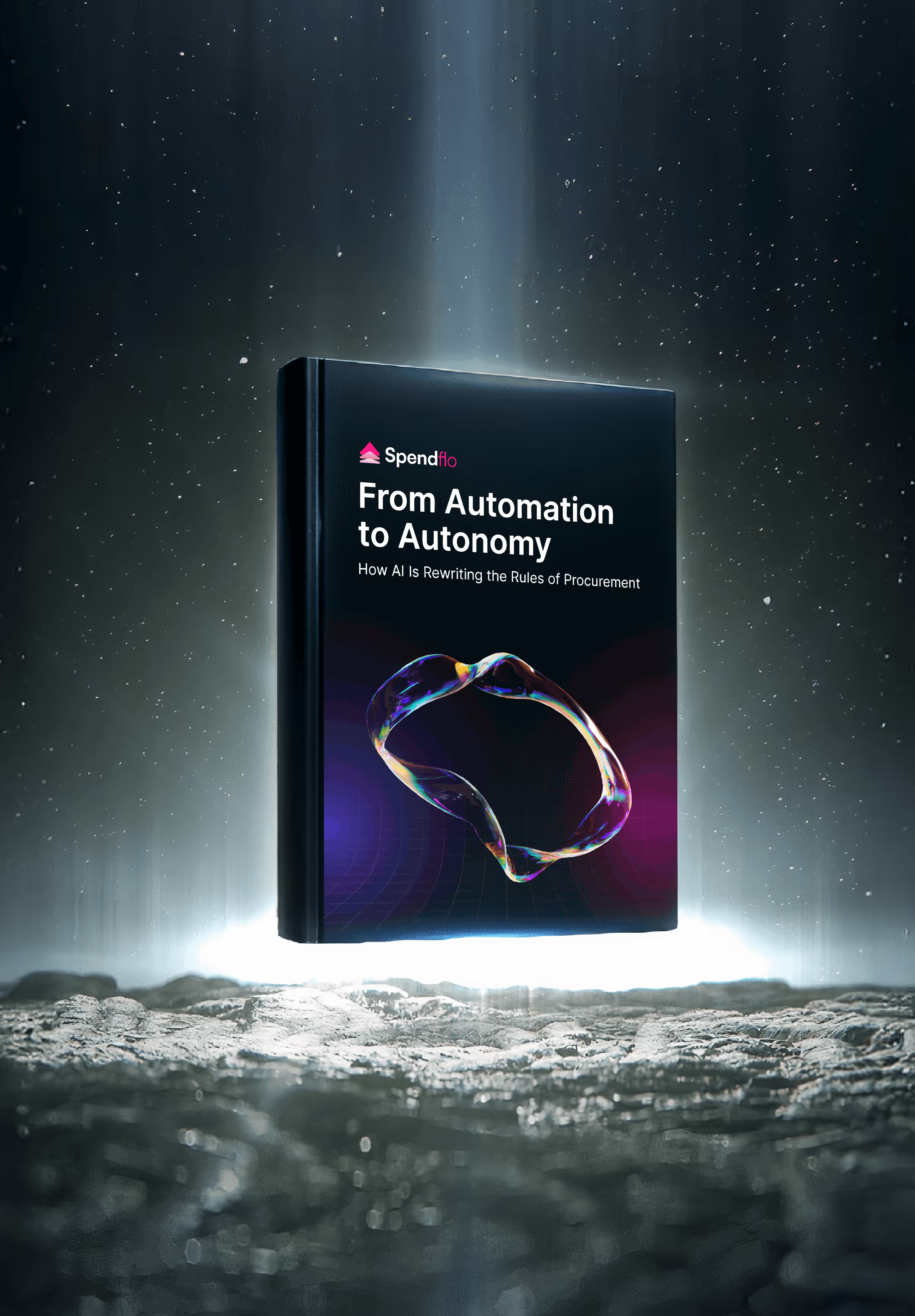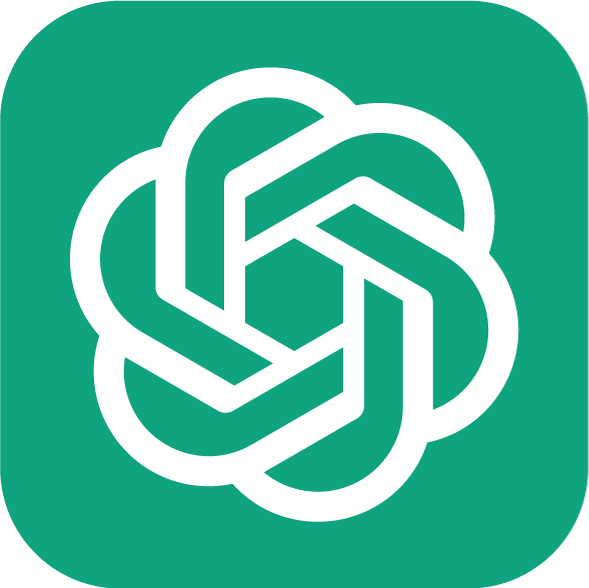

Top 7 Real Time Accounts Payable Software

Top 7 Real Time Accounts Payable Software
You need efficient AP management. We've got the 7 best real-time accounts payable software options. Find your perfect match and optimize cash flow now.


Is your finance team stuck in a never-ending cycle of manual invoice processing, approval delays, and late payments? You're not alone. 68% of businesses still rely on outdated AP systems, leading to 155% YoY error increases and an average cost of $15 per invoice. These inefficiencies drain resources, disrupt cash flow, and frustrate vendors.
But what if you could automate the entire accounts payable process, eliminate errors, and save thousands in operational costs? Modern AP software makes it possible—transforming your financial workflows from chaotic to seamless.
What are accounts payable software?
Accounts payable software automates invoice processing, vendor payments, and expense tracking, reducing errors and inefficiencies. It captures invoice data, routes approvals, matches purchase orders, and schedules payments. Integrated with ERP systems, it ensures seamless financial workflows and cost control.
7 Best accounts payable software
Some of the best accounts payable software include Spendflo, Bill.com, and SAP Concur. Here’s a detailed breakdown of their key features:
1. Spendflo

Spendflo is primarily known as a SaaS buying and optimization platform, but it also offers a comprehensive accounts payable features tailored for managing software subscriptions and licenses.
Imagine you are a rapidly growing tech startup with 200 employees. Your company uses dozens of SaaS tools across various departments, from project management software to design tools and cloud infrastructure services. Managing these subscriptions, their renewals, and associated invoices becomes a nightmare for the finance team.
Spendflo can automatically capture invoices from all these SaaS vendors, categorize them, and track renewal dates. It can flag duplicate subscriptions or underutilized services, potentially saving the company thousands of dollars. When it's time to pay an invoice, Spendflo can route it through the appropriate approval workflow and integrate with the company's payment system.
The Result? The finance team gets a clear, real-time view of all software expenses, helping with budgeting and forecasting. Meanwhile, department heads can see their team's software usage, helping them make informed decisions about which tools to keep or cut.
Best for: SaaS expense management and optimization for growing businesses.
Compliance & Security Features
Spendflo ensures secure and compliant accounts payable management with robust security measures:
- Automated Audit Trails – Track every transaction for full transparency and compliance.
- Role-Based Access Controls – Restrict access based on user roles to prevent unauthorized actions.
- Multi-Layered Encryption – Secure vendor payment data with enterprise-grade encryption.
- SOC 2 & GDPR Compliance – Ensure regulatory adherence without manual effort.
Key Features:
Automated invoice capture for SaaS subscriptions
Renewal tracking and alerts
Spend analytics specifically for software expenses
Integration with major accounting systems
Vendor contract management
Pros:
- Specialized for SaaS expense management
- Helps identify cost-saving opportunities
- Simplifies complex SaaS ecosystems
Cons:
- Limited to SaaS-related expenses
- May require additional AP software for non-SaaS invoices
G2 Rating: 4.7 out of 5 (82 reviews)
2. Bill.com

Bill.com is a cloud-based software platform that automates financial operations for small and midsize businesses (SMBs). Bill.com excels in its user-friendly interface and strong integration capabilities with popular accounting software like QuickBooks and Xero. It's particularly beneficial for businesses looking to transition from paper-based processes to digital AP management.
Key Features:
Pros:
- User-friendly interface
- Strong integration with popular accounting software
- Suitable for businesses transitioning to digital AP
Cons:
- May be less suitable for large enterprises
- Some users report occasional syncing issues
G2 Rating: 4.4 out of 5 (1,086 reviews)
3. SAP Concur
.png)
SAP Concur is an enterprise-level solution that combines travel, expense, and invoice management. SAP Concur is ideal for large enterprises with complex AP needs, especially those operating internationally. Its strength lies in its ability to handle multi-currency transactions and comply with various international tax regulations.
Key Features:
Pros:
- Ideal for large, multinational corporations
- Robust compliance and policy enforcement features
- Comprehensive solution including travel and expense management
Cons:
- Can be complex to implement and use
- May be overkill for small businesses
G2 Rating: 4 out of 5 stars (6,052 reviews)
4. Oracle NetSuite

Oracle NetSuite offers a comprehensive cloud-based ERP solution that includes comprehensive AP functionalities. NetSuite's AP module is part of a larger financial management suite, making it an excellent choice for businesses looking for an all-in-one solution. It's particularly strong in providing real-time visibility into financial operations.
Key Features:
Pros:
- Part of a comprehensive ERP solution
- Strong real-time reporting capabilities
- Scalable for growing businesses
Cons:
- Can be expensive for smaller businesses
- May require significant setup and customization
G2 Rating: 4 out of 5 stars (3,229 reviews)
5. Xero

Xero is a cloud-based accounting software popular among small to medium-sized businesses, offering AP features as part of its broader financial management toolkit. Xero stands out for its affordability and ease of use, making it a go-to choice for small businesses new to AP automation.
Key Features:
Pros:
- Affordable for small businesses
- User-friendly interface
- Wide range of integrations
Cons:
- May lack some advanced features needed by larger businesses
- Limited customization options compared to enterprise solutions
G2 Rating: 4.3 out of 5 (684 reviews)
6. QuickBooks

Intuit's QuickBooks is one of the most widely used accounting software solutions, offering robust AP functionalities especially suited for small to medium-sized businesses. QuickBooks' strength lies in its widespread adoption and integration with a vast ecosystem of financial tools and services.
Key Features:
Pros:
- Widely used, with a large ecosystem of add-ons
- Strong features for small to medium businesses
- Good integration with other financial tools
Cons:
- Can become slow with very large volumes of transactions
- More advanced features may require upgrading to higher-tier plans
G2 Rating: 4.5 out of 5 (3,307 reviews)
7. AvidXchange

AvidXchange specializes in AP and payment automation for mid-market companies. AvidXchange is known for its strong focus on the middle market, offering solutions tailored to the specific needs of businesses too large for small business software but not quite needing enterprise-level systems.
Key Features:
Pros:
- Strong focus on mid-market companies
- Robust supplier management features
- Good fraud prevention capabilities
Cons:
- May be too complex for very small businesses
- Some users report a steep learning curve
G2 Rating: 4.3 out of 5 stars (257 reviews)
Manual AP vs. Automated AP: A Comparison
Features of the Best AP Software
The best AP software typically includes invoice capture and OCR for automated data extraction, automated three-way matching for invoice verification, customizable approval workflows, integrated payment processing with multiple payment methods.

Let’s have a look:
1. Invoice Capture and OCR:
This feature uses Optical Character Recognition (OCR) technology to automatically extract relevant data from invoices, regardless of their format (paper, PDF, email). Advanced systems can learn and improve their accuracy over time using machine learning algorithms.
For example, when an invoice is received via email, the software can automatically detect it, extract key information like vendor name, invoice number, amount due, and due date, and populate this data into the AP system. This dramatically reduces manual data entry and associated errors.
2. Automated Matching:
Also known as three-way matching, this feature automatically compares the invoice with the corresponding purchase order and receiving report.
For instance, when an invoice is received for office supplies, the system would automatically check:
Any discrepancies are flagged for human review, significantly reducing the risk of paying for goods or services not received or at incorrect prices.
3. Approval Workflows:
Approval workflows allow businesses to set up customized approval chains based on various criteria such as invoice amount, department, or vendor.
For example, a company might set up a workflow where:
The system automatically routes invoices to the appropriate approvers, sends reminders, and tracks the status of each invoice in real-time.
4. Vendor Management:
This feature maintains a centralized database of all supplier information, including contact details, payment terms, tax information, and performance history.
For instance, the system can:
This centralized approach ensures consistency in vendor interactions and helps in strategic sourcing decisions.
5. Payment Processing:
This feature integrates with banks and payment systems to execute payments once invoices are approved.
Capabilities often include:
6. Real-time reporting and analytics:
This feature provides real-time insights into AP processes and spending patterns.
Typical reports might include:
Advanced systems offer customizable dashboards and the ability to drill down into transaction-level details.
How to Choose the Best AP Software: A Step-by-Step Checklist
Selecting the right accounts payable software is crucial for efficiency and cost savings. Use this step-by-step checklist to find the best fit for your business:
1. Does it integrate with your accounting/ERP system? – Seamless integration prevents data silos and ensures smooth workflows.
2. Does it support multi-currency & tax compliance? – Essential for businesses operating in multiple regions.
3. Can it automate three-way matching? – Helps prevent overpayments and fraud by matching invoices, POs, and receipts.
4. Does it provide real-time analytics & reporting? – Enables visibility into cash flow, outstanding invoices, and spending trends.
5. Is the approval workflow customizable? – Allows businesses to set flexible approval rules based on invoice amounts, vendors, or departments.
6. Does it offer fraud detection & security features? – Look for role-based access controls, audit trails, and compliance with SOC 2/GDPR.
7. Is it scalable for future growth? – Ensure it can handle increasing invoice volumes and additional users as your business expands.
8. Does it support automated payments & multiple payment methods? – ACH, wire transfers, credit cards, and virtual cards for faster, more secure vendor payments.
9. What level of customer support is available? – 24/7 support, implementation assistance, and training resources can make adoption easier.
By following this checklist, you can confidently choose the best AP software that aligns with your business needs and growth plans.
Frequently Asked Questions on Accounts Payable Software
1. How long does it typically take to implement AP software?
The implementation time for AP software typically ranges from a few weeks to several months, depending on the complexity of your business processes and the chosen software.
Factors affecting implementation time include:
• The number of integrations required
• Amount of historical data to be migrated
• Complexity of approval workflows
• Need for customizations
• Availability of internal resources for the project
2. Can AP software integrate with my existing ERP system?
Yes, most modern AP software is designed to integrate with popular ERP systems. However, the ease and depth of integration can vary.
Key integration points often include:
• Vendor master data synchronization
• General ledger posting
• Purchase order matching
• Payment execution
3. How does AP software help prevent fraud?
AP software helps prevent fraud through a combination of automated checks, access controls, and anomaly detection.
Specific fraud prevention features include:
• Segregation of duties
• Automated three-way matching
• Duplicate payment detection
• AI-powered anomaly detection
• Comprehensive audit trails
• Vendor verification
4. Is cloud-based or on-premise AP software better?
The choice between cloud-based and on-premise AP software depends on your specific needs and circumstances. Both have their advantages and disadvantages. Choose cloud-based software if you want scalability and effortless implementation. But, if you want full control over the data and expect complete flexibility, go for On-premise solutions.
Cloud-based AP software pros:
• Lower upfront costs
• Automatic updates and maintenance
• Accessibility from anywhere
• Scalability
On-premise AP software pros:
• Full control over data and systems
• Extensive customization options
• No ongoing subscription fees
• Can operate without internet connectivity
Use Spendflo as your Go-to Accounts Payable Software and Gain 360° View of Your AP Operations

If you're ready to optimize your accounts payable operations and gain clear visibility into all your vendor payments, use a procure-to-pay platform like Spendflo to make it happen.
With Spendflo, you can:
- Get a comprehensive view of your payables, payment terms, due dates, and key vendor information all from one interactive dashboard—and even keep track of approval workflows, payment history, and more.
- Set up invoice processing, automated approval routing, and match invoices with purchase orders so you can focus on strategic financial management, faster.
- Access detailed AP analytics, track key metrics like days payable outstanding (DPO), and get recommendations for optimizing payment timing to make your accounts payable process as efficient and effective as possible.
Sign up for a free demo with Spendflo to see how it can transform your AP visibility and vendor payment management.










.png)




.png)










.avif)





